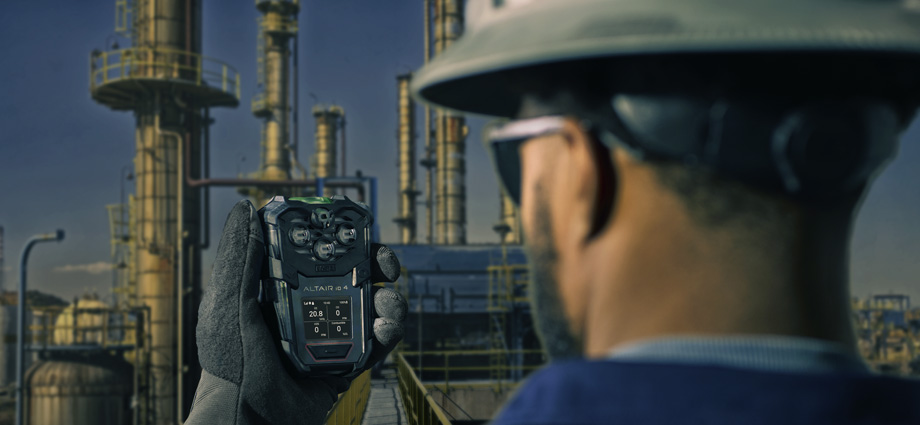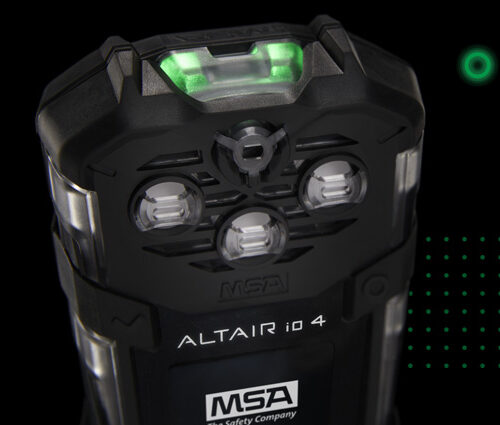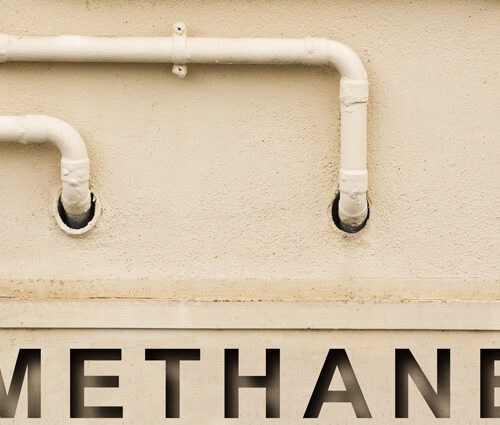
Does safer work mean slower work? It certainly doesn’t have to. With the benefits of connected work for your gas detection program, you can help enhance safety as well as productivity. Connected work programs can allow you and your team to make more efficient and productive use of your time and resources.
Put simply, connected work means linking your workers, worksites, and workflows together via wireless connectivity to a cloud-based software platform.
Advantages of a connected gas detection program include enhanced visibility of workers across locations, accountability and digital device assignment, and streamlined, automated reporting for simplified compliance. In addition, connected programs gather powerful data which can be harnessed to help improve operational efficiency.
Here are five ways in which connectivity can help make your organization more productive.
1. Data and Insights
Get deeper insights into your operation with the generation of critical data points about off-site workers and your fleet of detectors. This enables you to optimize deployment of your assets and to identify areas for safety training, common trends across events, and opportunities for efficiencies and possible cost reduction. Improved practices also help reduce safety incidents – along with their related downtime and productivity losses.
2. Incident Analysis
Information on important factors involved in an incident can be easily gathered and correlated from all parts of the connected system, which helps in identifying and understanding root causes. Systematic analysis forms a sound basis for making process changes to help reduce future risks.
3. Process Automation
Processes such as manual preparation of reports can be time-consuming and cumbersome, as well as potentially prone to errors. With a connected gas detection program, reporting and documentation are digital and automated, helping to streamline processes and drive accuracy. Managers can produce a usage report for a device or location in minutes, leaving your team with more time to focus on putting data insights into practice and optimizing productivity.
4. Asset Management and Maintenance
A connected work program makes devices and their associated data visible, including details like when its next service is needed and when its warranty expires. Maintenance scheduling software tools can automatically help you to keep your fleet of devices compliant with minimal downtime. Digital device assignment with RFID tagging helps simplify the process for checking devices in and out each day, and helps make individual workers accountable for assigned devices. With over-the-air updates, you can even remotely adjust the settings of individual units, groups of devices, or the entire fleet.
5. Compliance
Manual auditing of device compliance in a large fleet is another process that swallows up time and may be susceptible to errors. With connected gas detection devices, it can become quick and easy. For instance, automation of checks and compliance test procedures can stop non-compliant units from being assigned for use. Out in the field, automated lockouts can prohibit the use of devices which have become non-compliant. You can see certain compliance status for all devices, wherever they are. Again, these time savings help enable workers to concentrate on continuous improvement and growth in productivity.
Connected gas detection programs can help build connections between workers and worksites, providing actionable data that helps safety managers create safer and more efficient work environments.
Take the first step in starting a connected gas detection program with a brief video demo of the ALTAIR io™ 4 Gas Detection Wearable.







